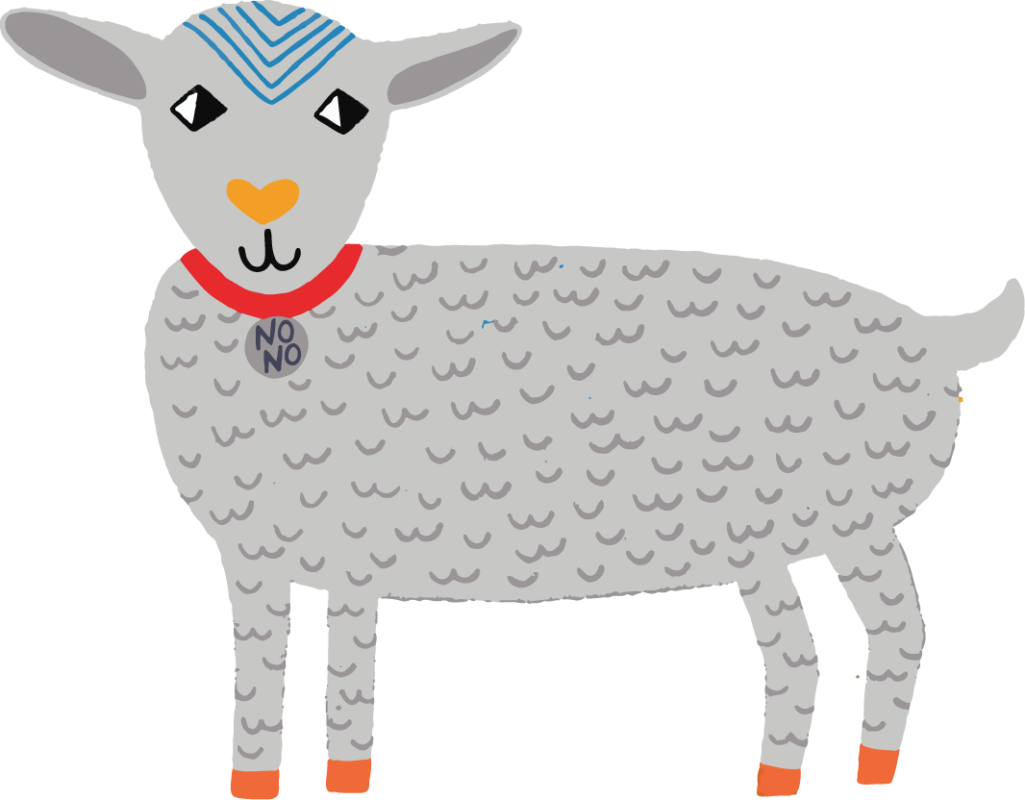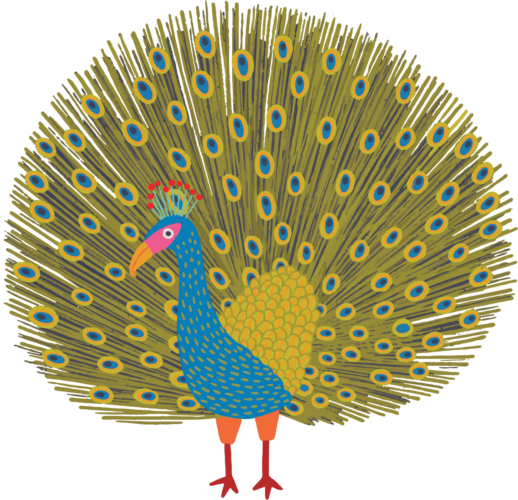

Welcome friends!
Are you ready to explore?
Read on to discover & learn about each of Dr. Pol’s animal friends!

Something to sniff at
With a sense of smell around 40x better than humans, it’s no surprise that some types of dogs excel in training for a wide range of detection work from medical, to law enforcement – even hunting for truffles!
Pawsitive reinforcement
Dog treats are tasty but they’re not the only way to win your pup over. Mix it up with praise, playing a favorite game, or a special chew toy as a reward for good behavior.
Don’t sweat it
Dogs do “sweat”, but not in the way you think. While panting helps your dog cool off, sweat glands in their paw pads will activate as well. Additional sweat glands around their body mainly release pheromones.
We’re all ears
Llamas and alpacas seem similar, but they are separated by a few physical traits. A quick way to spot the difference? Look at their ears: alpacas have shorter pointy ears, while llamas’ ears are longer and shaped like bananas.
The more the merrier
Llamas love a crowd and are super social creatures. They even flock towards other groups of animals like sheep or goats to create one happy herd.
Get cozy
Birds – especially chickadees – are fond of alpaca wool as a light and warm material to craft nets for their young.


Better to see you with.
Horses have bigger eyes than any other mammal on land, and their peepers are protected by an extra membrane which is called a ‘third’ eyelid
Beauty in strength
Therapy horses have been used as far back as ancient Greece, and today, equine-assisted therapy helps people with a range of challenges. Check out this article on our friends at
Thirsty for more?
Horses can drink anywhere from 5-10 gallons of water per day or more depending on the heat. Be sure your equine friends stay hydrated with plenty of cool, fresh water around.
Looky here
Goats have flattened pupils which allow a wider range of vision than humans; they can see up to 340 degrees around their bodies without moving their head.
The G.O.A.T. of milk
According to the latest statistics, goat milk is a clear winner around the world, with over 65% of the world’s population pouring a glass over the other varieties.
Coffee Break
Dr. Pol has a goat herder named Kaldi to thank for his daily dose of caffeine. Based on Ethiopian legend, Kaldi’s goats were responsible for discovering the coffee plant around 850 AD.




Who wants to cuddle?
A unique trend from the Netherlands is bringing comfort to people as its popularity grows: cow cuddling, known as “koe knueffelen” (or cow hugging in Dutch), is said to have therapeutic and stress relieving benefits.
Chew on this
Cows may have fewer teeth than some animals (32 to be exact), but they use their unique mouths to shred and digest their feed in a process called ruminating which helps them acquire extra nutrients from fibrous plants.
Cowabunga!
Cows love to have fun in their own special ways like playing, watching their young, socializing or exploring their surroundings.
Busy bees
While most of us wind down in the summer, bee colonies are fully staffed to ramp up their reserves – a.k.a honey – which they use to survive in the cold months. Some bee colonies can contain over 60,000 workers. Holy Moses!
It’s good to be queen
There’s only room for one queen bee, and her duty is to keep the colony populated by laying 1,500 eggs per day on average.
Sticky Sweet
Honey contains up to 18% water and is the only food that has all the ingredients needed to sustain life – not to mention the only food people eat that’s made by insects!


Visual Effects
A peacock’s bright colored feathers appear extra brilliant due to tiny “crystal like” structures that uniquely reflect light off of them.
Party time!
The word “peacock” is widely used, but this only refers to males. Females are “peahens”, the babies are “peachicks”, and the family altogether is sometimes referred to as a “party”!
Crowning glory
Both male and female peafowl grow crests on top of their heads. The female has special sensors in hers that can detect a potential mate by his vibrations from far away.
Do you see what I see?
Chickens have strong color vision and can see an extra sector of the light spectrum, unlike Dr. Pol (who’s colorblind!)
Pecking order
Pecking is how chickens naturally explore their surroundings and coop mates, but keep a close eye on your flock to get a sense of their behavior and needs. Interactive toys can be used to curb boredom.
Walking with Dinosaurs
Scientists made an interesting discovery when they unearthed a fossil said to be the oldest direct relative of modern birds ever discovered. His name? “Wonderchicken”.


Born to run
Although they are part of a group of bird species who cannot fly, an Emu’s speed can top 30 miles an hour (50km) – faster than Usain Bolt!
Large and in charge
Emus are the second largest living bird in the world (second to its relative, the ostrich) and the tallest bird on record in Australia.
What’s for dinner?
An Emu’s diet consists of foraging for plants, while insects like grasshoppers, crickets and beetles provide most of their daily protein.
Are you getting sleepy?
If not, chances are your cat is! Cats can spend 13-16 hours a day catching up on their Z’s. But what are they dreaming about? Ask Tater!
Walk this way
Cats are one of the only animals to walk with both right feet, followed by both left feet at the same time. Giraffes and camels also move in this way.
Night shift
Believe it or not, cats are not nocturnal animals. Their prime hours to prowl are at dawn and dusk – the best times for catching prey!


Full house
Dr. Pol grew up in a large family with two brothers and three sisters. They lived under one roof at their family dairy farm in the Netherlands among cows, sheep, pigs, chickens, geese, turkeys, rabbits, dogs, and Friesian horses.
Power of pets
Dr. Pol believes that animals teach children compassion and responsibility, and every young person should grow up with a furry friend.
Pol-iday traditions
The Pols enjoy sharing family traditions to stay close during the year. At the holidays, they cut down the Christmas tree together, cook family recipes, and prepare for the annual visit from Sinterklaas.
Get smart
Pigs are considered the smartest domesticated animals, and studies have shown they have higher intelligence than dogs and even 3-year-old-children.
This little piggy
Did you know that Dr. Pol decided he wanted to be a veterinarian while delivering piglets as a young boy? Pig litters can average from 10-12 piglets – sometimes more!
Happy as a pig
Like dogs, some things that can make pigs extremely happy are belly rubs, snuffling, digging nests and of course – mud baths!



